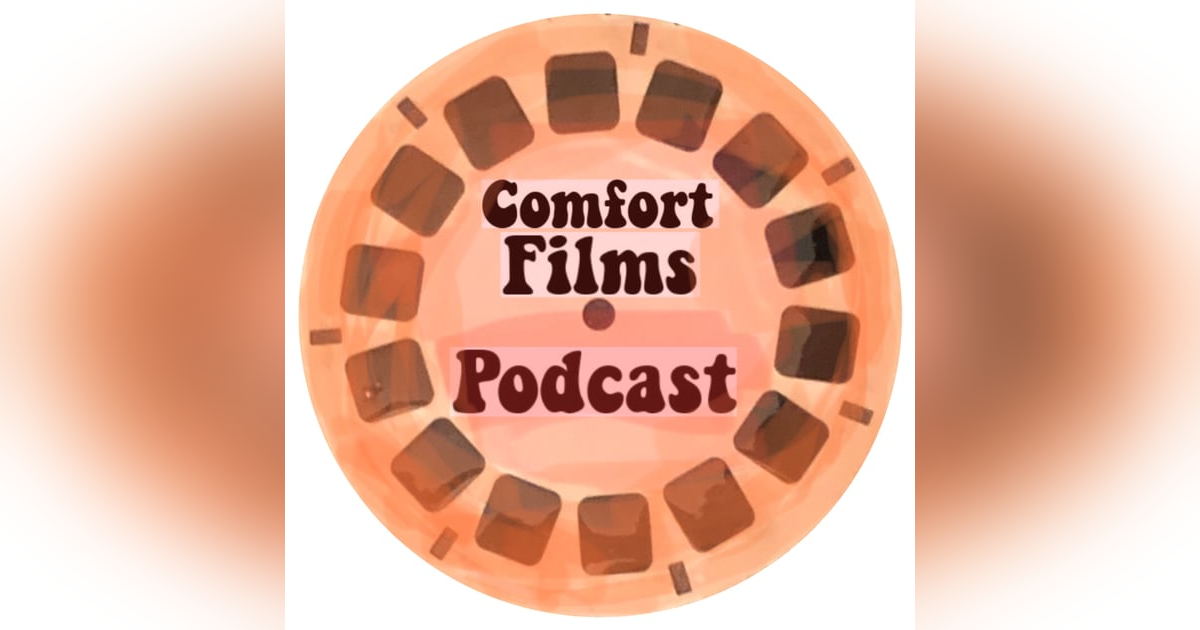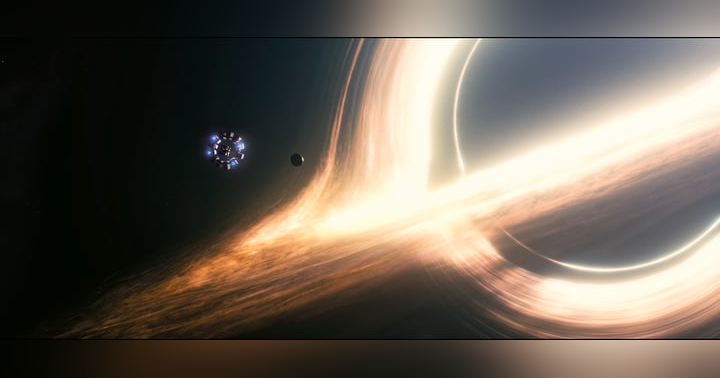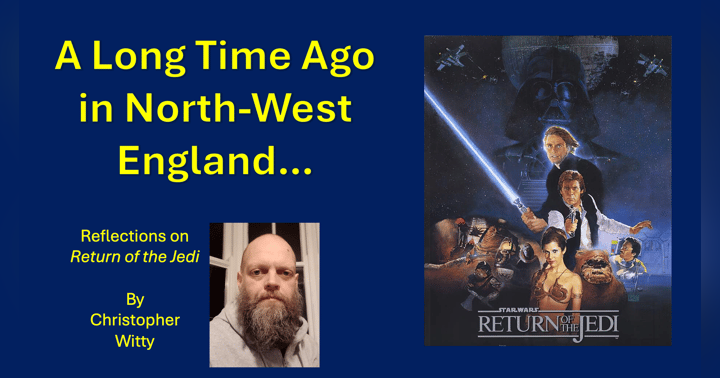This is Spinal Tap: I Don’t Want My MTV, but I Do Want My Late 90s VH-1

In the 80s, MTV was awesome. They played tons of videos of music you actually wanted to hear, at least if you were me. Michael Jackson and Madonna were on heavy rotation, but it wasn’t the same song over and over again ad nauseum (although if the song was “Billie Jean” I probably wouldn’t have cared anyway). Music videos were also a fairly new medium, so creativity and storytelling were at their height, but even videos that were just a band jumping around and singing a peppy song—Wham’s “Wake Me Up (Before You Go-Go)” comes to mind—were exciting and fun. It felt like a new world of music, and I’m sure that I wasn’t the only kid who spent the 80s dancing in front of the TV, dressing up like their favorite artists and singing along.
In the early 90s, I got back into watching MTV again after a few years hiatus when I didn’t get it with our cable package. By this time, music had shifted a bit, and hair metal and R&B were kind of the big things. I got really into the hair metal bands just before they started to die out, and then I rode the alternative wave ushered in by Nirvana and Pearl Jam (and continued to listen to the Red Hot Chili Peppers who somehow managed to exist simultaneously in both worlds, though they belonged in neither). Then MTV started to introduce reality TV, starting with The Real World, and I started to lose interest big time. Suddenly there weren’t VJs playing videos, but marathons of shows about twentysomethings fighting with each other in huge houses they wouldn’t otherwise have been able to afford. I am not that interested in people’s problems when they are so boringly similar to mine, so I just couldn’t be bothered to care about these shows. I stopped watching MTV (except for the occasional episode of Liquid Television or Beavis and Butt-Head) and migrated to my room where I could actually listen to my music, and my dancing and singing along while dreaming of rock stardom went back in front of the mirror instead of in front of the television.
I went to college in 1996. We had cable in our dorms, and I had a small television. My roommate had a Super Nintendo, so she brought that, and we spent our non-studying hours watching “Wings” reruns and playing hours of Killer Instinct and Super Mario World. (I remember one memorable late night when Ginny accidentally hit an 85-move combo and we set down our controllers and watched her weird dinosaur fighter avatar beat the absolute crap out of whatever fighter I had picked for like, a full minute. It was awesome.). At some point during the year, I stopped at VH-1 because I noticed they were playing a video I liked, and these info bubbles with trivia were popping up on the screen. This was Pop-Up Video, and in a pre-cell phone, pre-oversaturation with easily accessible data world, I fell utterly and completely in love. It may sound nuts to people now, but we didn’t have internet in the dorms at the time. If I wanted to check my email or “surf the web” I had to go to the computer lab across campus and use a public computer. A TV show that had music videos with fun facts right on screen blew my mind! I watched every episode of the show I could get my eyeballs on, and I stuck around for the other video shows, getting back into new music instead of just listening to the old stuff I’d been doing for the last few years. The Wallflowers were a particular favorite. They made me want to play acoustic guitar, which I picked up for the sole purpose of learning “One Headlight” and “6th Avenue Heartache.” I had thought VH-1 was for people like my mom to watch Amy Grant videos or something, but whether it was because the station was changing or because I myself was getting older, I started really liking it too.
A few years later, when I was a junior, VH-1 introduced Behind the Music, and I became addicted to that show as well. Even though each episode was kind of the same setup, documenting the rise and fall of musicians and rock bands, all of whom had very similar trajectories, I couldn’t get enough. I would watch even if the subject wasn’t particularly interesting to me, and in some cases, if the subject was someone I outright disliked. I took creative writing the last semester of my junior year and worked on a short story that now has a quite dated bit where I used one of my characters’ being caught lying on the couch watching the Vanilla Ice Behind the Music to show him as a huge slacker (even though I myself had seen the episode, and enjoyed it, quite a lot more than Vanilla Ice’s actual music career). VH-1 also introduced a show called Where Are They Now? in the late 90s where they followed up on forgotten pop culture figures, and I remember enjoying that show too.
When I moved to Massachusetts for grad school, I lost all disposable income for a couple of years, and during that time when I didn’t have cable, the worm started to turn at VH-1. By the time I had TV again in the mid-aughts, the reality TV bug had infested the channel and videos were relegated to early morning and late night, with the normal programming time filled with has-been celebrities in competition shows, or trying to find “love.” I wasn’t above watching Rock of Love with Bret Michaels, so no judgment, but I found myself wishing for the programming of my college years, which had been a great mix of good music videos and good rockumentaries.
At this point in life, I don’t have regular TV anymore. I have a few streaming services, and John and I (of course) watch and rewatch a lot of movies. We have a couple of favorite shows that we enjoy too, but I don’t think there is really a market for the old-fashioned This Is Spinal Tap styled rockumentary. Even though This Is Spinal Tap was fake, it really captured what I ended up loving about Behind the Music, and rewatching it captures some of that fascination I had way back to the early 90s with MTV and later with VH-1. Music is primarily a sound medium, but there is just something so interesting and complementary about the visual accompaniment of a video or a live performance. Rob Reiner, along with Harry Shearer, Christopher Guest, and Michael McKean, did an amazing job capturing the excitement of watching a band perform while also showing the drama of existing off stage and going through the full lifecycle of a group of artists. They show the anger, frustration, heartbreak, happiness, and triumph in an amazingly real but also humorous way, and though other rockumentaries pre-existed their mock version, I don’t think any of those films were as influential to what became Behind the Music, so for that, and for the film itself, I am very grateful.
Comfort Films Episode 16: This Is Spinal Tap (Released January 15, 2022)







